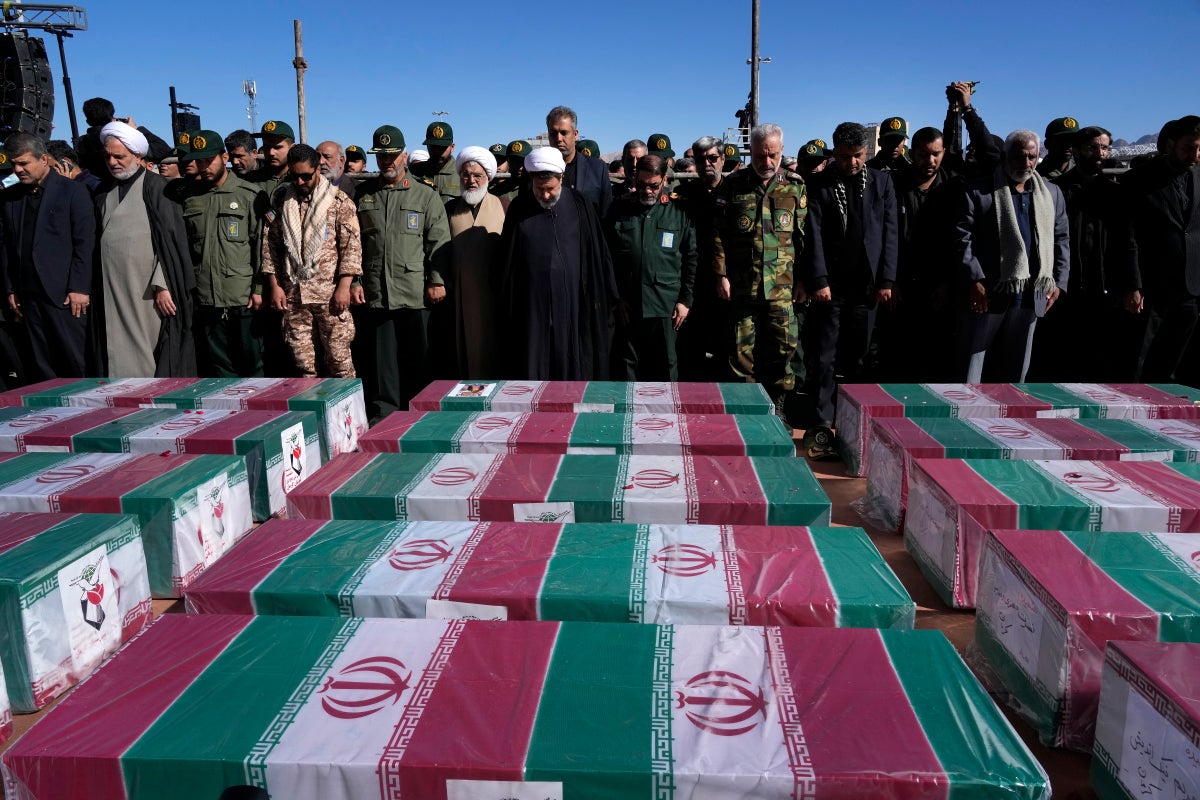
Iran’s intelligence ministry on Thursday identified a top suspect, described as ringleader and bomb-maker, in the twin suicide bombings last week claimed by the Islamic State group as the death toll from the attack rose to at least 94, state media reported.
The Jan. 3 attack, in which two suicide bombers targeted a commemoration for an Iranian general slain in a 2020 U.S. drone strike in Iraq, was the deadliest in Iran in decades as the wider Middle East remains on edge.
One bomber first detonated his explosives at the ceremony in Kerman, about 820 kilometers (510 miles) southeast of the capital, Tehran, then another attacked 20 minutes later as emergency workers and other people tried to help the wounded from the first explosion.
The official IRNA news agency carried a statement by the intelligence ministry saying the main suspect who planned the bombing was a Tajik national known by his alias Abdollah Tajiki.
According to IRNA, the suspect had entered the country in mid-December by crossing Iran's southeast border, and left two days before the attack, after making the bombs.
The report also identified one of the bombers by his family name of Bozrov, saying the man was 24 years old and had Tajik and Israeli nationality. It said he also arrived in Iran by crossing the southeastern border after months of training by IS in Afghanistan.
The report further said authorities were still trying to identify the second suicide-bomber. In its claim of responsibility, the Islamic State group had identified the two bombers as Omar al-Mowahed and Seif-Allah al-Mujahed.
Iranian authorities have so far arrested 35 people across several provinces with purported links to the bombings, the report added.
Meanwhile, the death toll from the attack rose to 94 on Thursday, from the previous 91 fatalities reported on Sunday. Iranian media said 14 of the dead were Afghan nationals who were participating in the commemoration for Revolutionary Guard Gen. Qassem Soleimani, who led the paramilitary's expeditionary Quds Force.







